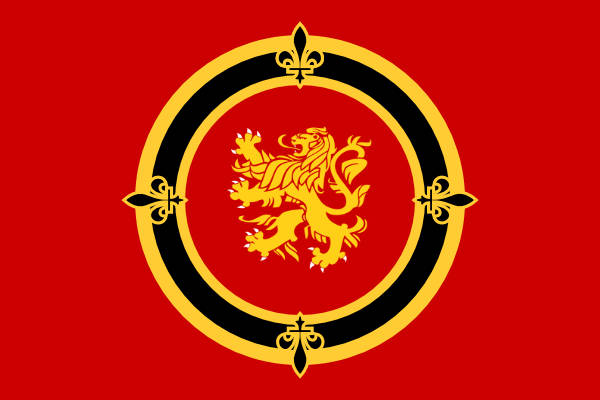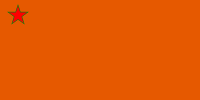
The Empire of Hayon is the most powerful human state in Agand. Founded about 1000 years ago, it has become the greatest power on the continent of Gelasia, from the Sea of Dragons, to the Inland Sea, and from the Vondon River all the way south to the Sea of Vortices.
Hayon, like the Roman Empire on Earth, grew out of a small city, Aretos.
Today, the capital of the empire, one of the largest cities on the planet, houses the bureaucratic and military apparatus of Hayon, as well as some of the most impressive and majestic monuments in all of Agand's history.
Because of the vastness of its borders, the empire employs a disproportionate military force that takes the form of immense legions of soldiers, steel warships and astonishing flying ships. Although these tools have made numerous peoples and nations tremble, once subjugated to Hayon, each people is more or less free to pursue its own path as long as it pays tribute and sends soldiers to the capital.
The empire rarely resorts to violence to keep the peace, but when it does, it is usually terrible to behold.
The empire is divided into provinces, kingdoms and duchies (sometimes marquisates).
Kingdoms are states that enjoy extensive internal autonomy and are left more or less to their own devices. They enjoy many freedoms, especially the possibility of having their own army.
Duchies and marquisates are ruled by a duke or marquis, who is a member of the imperial family or closely related to it. They also enjoy great autonomy, but are fully integrated within the imperial military apparatus and have no armed forces of their own.
Finally, the provinces. These are territories administered by a Strategus appointed directly by the capital and do not enjoy any kind of autonomy; provinces are usually recently conquered or turbulent territories.





